Introduction
Oversized sweatshirts for men have evolved from being just a comfortable piece of clothing to a core component of modern streetwear and fashion-forward wardrobes. These sweatshirts represent a unique blend of relaxed fit, edgy aesthetics, and bold personal expression. For entrepreneurs and designers looking to launch a fashion brand without inventory headaches, custom embroidery on oversized sweatshirts—fulfilled through print-on-demand services—presents a powerful business opportunity.
Table of Contents
Embroidery adds a tactile, high-end finish to garments that printing alone cannot achieve. It gives designs a timeless appeal, offering durability and texture that resonates with customers seeking more than just a standard graphic print. With the right tools and a strategic approach, anyone can turn custom designs into embroidered streetwear that men want to wear.
This guide will walk you through every step of creating, designing, and selling embroidered oversized sweatshirts for men using POD—no prior inventory or equipment required.
1. Understanding Oversized Sweatshirts and Why Fabric & Fit Matter
Before you dive into design and production, it’s essential to understand the unique characteristics of oversized sweatshirts. Unlike regular sweatshirts, oversized versions are intentionally made with extra volume in the torso, sleeves, and shoulders. This relaxed fit is not only stylish but also offers a generous surface area for embroidery.
However, not all fabrics are suitable for embroidery. Since embroidery involves stitching into the fabric, the material must be stable enough to hold the thread securely without wrinkling or distorting.
Recommended Fabric Types for Embroidery:
- Heavyweight 100% Cotton (typically 400 GSM or more): Cotton is breathable, sturdy, and holds embroidery threads exceptionally well. It is ideal for high-end streetwear pieces and gives the embroidered design a clean, professional finish.
- Cotton-Polyester Blends (e.g., 80/20): These blends are durable and comfortable, offering a good compromise between structure and softness. They are less prone to shrinkage and wrinkle less than pure cotton.
- Brushed Fleece (for inner lining): This adds insulation and comfort, especially for fall and winter collections. While it does not impact the embroidery directly, it enhances the overall garment quality.
When sourcing oversized sweatshirts through POD platforms, always review the fabric specifications and garment measurements. A true oversized fit is important to meet customer expectations and support premium positioning.
2. Choosing a Reliable POD Provider with Embroidery Support
Selecting the right POD provider is a foundational decision. Not all print-on-demand platforms support embroidery, and fewer still offer oversized men’s garments with embroidery capability.
Key Features to Look For:
- Embroidery Support: Confirm that the platform provides high-quality embroidery options and not just direct-to-garment (DTG) or sublimation printing.
- Oversized Sweatshirt Options: Ensure they offer genuine oversized fits for men, ideally with extended size ranges (Small to 3XL or more).
- Mockup Generator: A good mockup generator lets you visualize embroidery placement, thread colors, and product styling before you go live.
- International Fulfillment: If you’re targeting customers globally, pick a POD provider with warehouses in major markets such as the United States, Europe, or Asia to reduce shipping time and cost.
Leading POD Providers for Embroidered Oversized Sweatshirts:
- Printful: Offers premium embroidery with detailed customization. Carries brands like Champion and Stanley/Stella that have popular oversized fits. Integrates seamlessly with Shopify, Etsy, and WooCommerce.
- Printify: Works with multiple vendors, offering competitive pricing and flexible sweatshirt options. Be sure to select embroidery-supported vendors within their network.
- Gelato: Known for sustainability and international shipping, Gelato offers eco-conscious apparel options, including oversized sweatshirts.
Each platform has its strengths. Take time to compare pricing, embroidery locations (chest, sleeves, back), and integration features based on your store’s setup and goals.
3. Creating Embroidery-Ready Designs for Oversized Apparel
| Category | Details |
|---|---|
| Design Placement | – Center chest (larger than standard) – Left/Right chest with increased margin – Back panel or lower hem areas |
| Design Size | – Can be up to 10–12 inches wide for oversized garments – Ensure proportionate balance with garment dimensions |
| Design Complexity | – Avoid overly intricate patterns (may cause thread breaks on thick fabric) – Prefer bold lines and large areas |
| Fabric Type | – Oversized garments often use thick cotton, fleece, or terry – Use proper stabilizers to support embroidery |
| Digitizing Settings | – Adjust stitch density (less dense for soft/thick fabrics) – Use underlay stitches for stability |
| Hooping Technique | – Use larger hoops or multi-hoop techniques – Ensure tension is even to prevent puckering |
| Thread Type | – Use polyester or rayon for durability – Avoid metallics on stretch fabrics unless reinforced |
| Color Matching | – High contrast colors work well on oversized clothing – Choose thread shades visible from a distance |
| Pre-Production Testing | – Always run a test stitch-out on similar fabric – Check for registration issues and fabric distortion |
| Design Trends | – Large back graphics, sleeve embroidery, layered text/logos – Vintage patches or bold icons are trending |
Embroidery design requires a different approach than digital printing. You are working with threads, not ink, so complexity must be balanced with stitch-ability.
Design Principles:
- Keep It Bold and Clear: Intricate gradients or ultra-fine lines do not translate well in embroidery. Stick to strong outlines, solid fills, and bold typography.
- Scale Appropriately for Oversized Garments: On a large sweatshirt, a small 3-inch logo may get lost. Consider using larger chest placements (4 to 6 inches) or explore back and sleeve designs that utilize the oversized nature of the garment.
- Choose Masculine Aesthetic Elements: For men’s sweatshirts, design preferences often lean toward block lettering, Gothic or varsity-style fonts, geometric patterns, and symbolic motifs such as skulls, arrows, or cultural references.
- Select High-Contrast Thread Colors: Ensure your thread color complements the garment while standing out. Popular combinations include white on black, gold on navy, or red on gray. Avoid similar color pairings that may blend into the background.
- Design for Placement: Embroidery works best in certain areas:
- Left or center chest (classic and minimal)
- Sleeve cuffs (text, initials, or coordinates)
- Upper back (logos, large icons, or slogans)
Tools for Design and Digitization:
- Canva: Ideal for beginners creating simple typography-based embroidery.
- Adobe Illustrator: Best for creating clean, vector-based artwork ready for digitization.
- Embroidery Software (e.g., Wilcom, Ink/Stitch): Required for converting designs into embroidery-friendly stitch files (DST, PES, etc.).
If your POD platform offers automatic digitization, make sure to preview the design thoroughly. For complex logos or branding work, it’s often worth investing in a professional digitizer.
4. Uploading, Testing, and Sampling Your Product
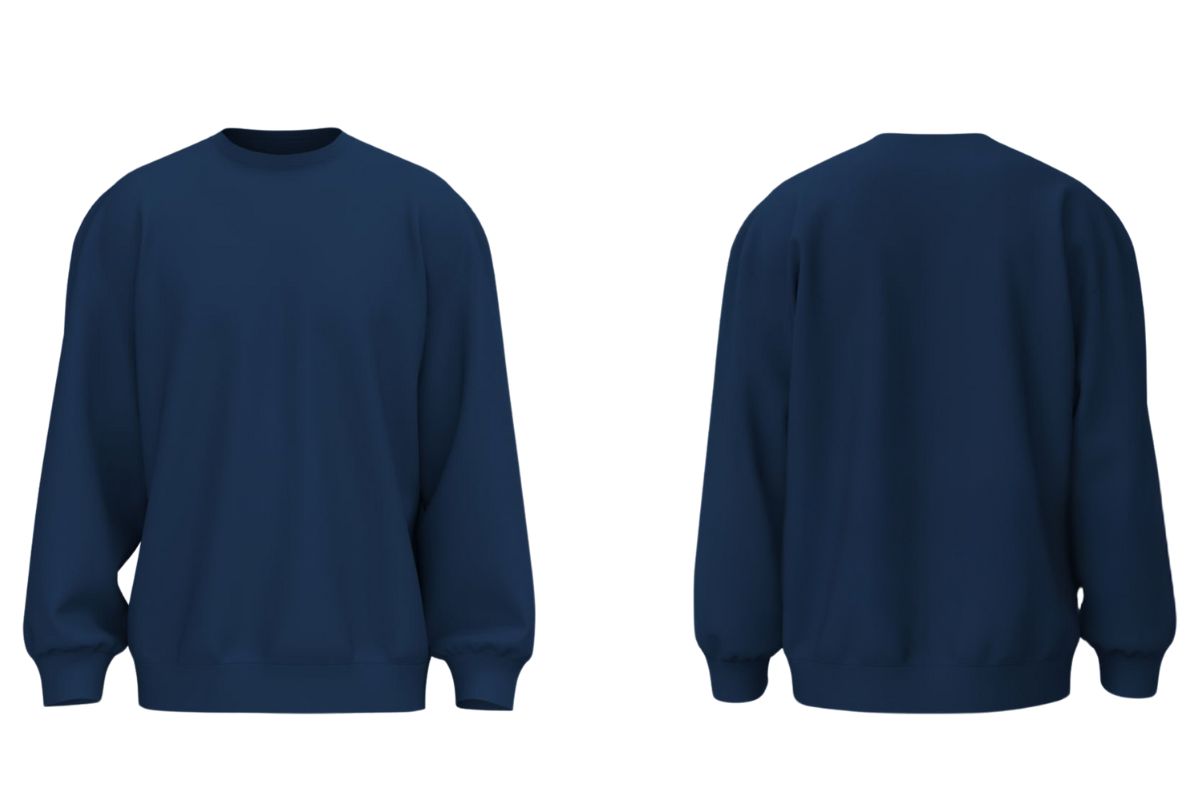
Once your design is ready, upload it to your POD dashboard and begin testing.
Mockup Creation and Adjustments:
- Use the platform’s preview tool to ensure embroidery size and placement looks correct on oversized sizing.
- Adjust for thread visibility based on garment color. Dark fabrics often require lighter threads for contrast.
- Experiment with different placements to see what aligns best with your branding.
Ordering a Sample (Highly Recommended):
Before making your product available to customers, order a physical sample. Use this opportunity to check:
- Thread density and stitch quality
- Design alignment and accuracy
- Fabric response to embroidery (no puckering or distortion)
- Sizing accuracy and overall garment feel
Wash the sample to evaluate colorfastness and post-wash integrity of embroidery.
5. Launching Your Online Store
| Category | Key Considerations |
|---|---|
| Niche & Target Market | – Focus on streetwear, loungewear, or custom fashion – Target men aged 18–35 who prefer relaxed fits |
| Product Selection | – Offer various colors, fabrics (cotton, fleece), and sizes – Highlight trending features like drop shoulders |
| Store Platform | – Use Shopify, WooCommerce, or BigCommerce – Ensure mobile optimization and easy navigation |
| Branding | – Choose a bold, masculine name – Create a logo and brand identity that aligns with urban or minimal style |
| Product Photography | – Use lifestyle and studio shots – Include zoomed-in shots of embroidery or fabric texture |
| SEO Optimization | – Use keywords like “oversized sweatshirt men” in titles, descriptions, and meta tags |
| Pricing Strategy | – Consider cost, target audience, and competitor pricing – Offer bundle deals or limited-time discounts |
| Marketing Channels | – Use Instagram, TikTok, and Pinterest for fashion marketing – Collaborate with male fashion influencers |
| Payment Gateways | – Include secure options like PayPal, Stripe, and other Online payment system |
| Shipping & Fulfillment | – Partner with reliable couriers – Offer free or flat-rate shipping – Use POD services for low inventory |
| Customer Reviews | – Add a review section – Encourage buyers to upload photos wearing your sweatshirts |
| Launch Plan | – Tease on social media weeks before – Use email marketing to build hype – Offer launch-day discounts |
Now that you have a validated product, it’s time to build your store and go live.
Choosing a Selling Platform:
- Shopify: Offers extensive customization and is ideal for building a brand presence. Integrates with most POD providers.
- Etsy: Excellent for reaching a ready-made audience searching for personalized or handmade goods.
- WooCommerce: Works with WordPress and allows for complete control over your store, ideal for SEO and blogging.
Each platform supports automation through API integration or apps, allowing the POD provider to fulfill orders directly once they are placed.
Writing Compelling Product Listings:
Include essential information:
- Title Example: Custom Embroidered Oversized Sweatshirt for Men – Streetwear-Inspired
- Bullet Points:
- Oversized fit for relaxed, modern style
- Embroidered chest design with premium threads
- Soft heavyweight cotton-blend fabric
- Available in multiple sizes and colors
- Machine washable and built to last
Use lifestyle images or mockups that reflect your target demographic. A model wearing the sweatshirt on the street or in casual settings works well for conversion.
6. Marketing and Selling Your Sweatshirts
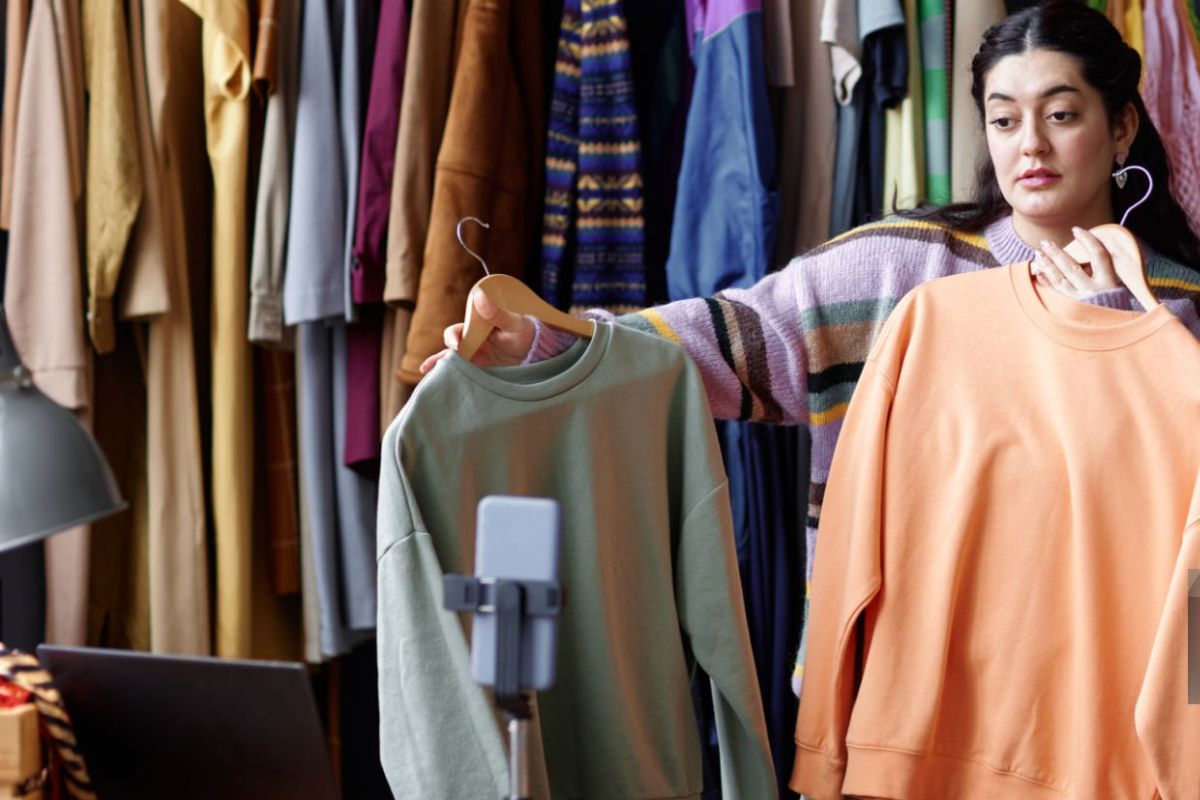
Once your store is live, the next focus should be on generating traffic and building brand awareness.
Content Marketing and SEO:
Create blog content targeting keywords such as:
- “Custom oversized sweatshirts for men”
- “Best embroidered sweatshirts streetwear”
- “How to design your own embroidered hoodie”
Also, include tags and optimized meta descriptions on product pages.
Social Media Strategies:
Focus on platforms that perform well for fashion and lifestyle:
- Instagram: Post styling tips, user-generated content, and design previews.
- TikTok: Share behind-the-scenes creation process or packaging clips.
- Pinterest: Pin product images into boards like “Men’s Winter Fashion” or “Custom Clothing Gifts.”
Influencer Marketing:
Partner with male micro-influencers (5K–50K followers) in the fashion or lifestyle space. Offer them a free sweatshirt or affiliate commission for promoting your product.
Paid Ads:
Use Facebook and Instagram ads to target:
- Men aged 18–35
- Streetwear and skatewear enthusiasts
- Gift buyers during holiday seasons
Run carousel ads showing different sweatshirt styles and embroidery placements.
7. Long-Term Growth and Brand Expansion
| Category | Key Strategies & Tips |
|---|---|
| Brand Vision | – Define your brand’s mission and long-term goals – Align products with lifestyle or cultural trends |
| Product Line Expansion | – Add complementary items (e.g., joggers, hoodies, caps) – Introduce seasonal collections or limited drops |
| Customer Loyalty | – Launch a rewards program – Offer early access to new drops for repeat customers |
| Market Research | – Analyze customer feedback and buying behavior – Track fashion trends and competitors |
| Diversified Marketing | – Use email marketing, influencer collabs, SEO, and paid ads – Expand to platforms like Pinterest and YouTube |
| International Shipping | – Scale logistics for global customers – Localize website content and offer multi-currency payments |
| Brand Collaborations | – Partner with artists, influencers, or niche brands – Release exclusive co-branded collections |
| Sustainability Goals | – Use eco-friendly packaging and materials – Share your sustainability journey through social media |
| Team Building | – Hire talent for design, marketing, and customer service – Build a strong company culture |
| Tech Integration | – Use CRM tools and automation for better customer engagement – Implement AI for product recommendations |
| Analytics & Reporting | – Track KPIs like conversion rate, AOV, retention – Use insights to adjust marketing and inventory plans |
| Investor Readiness | – Prepare a strong brand pitch deck – Show consistent growth and market potential |
To grow your brand sustainably:
- Introduce New Drops: Launch limited-edition embroidery themes every season to encourage repeat purchases.
- Offer Bundles: Create sweatshirt + beanie or sweatshirt + jogger sets.
- Build an Email List: Offer a discount code for first-time signups and keep them engaged with style guides or lookbooks.
- Encourage Reviews and Photos: Incentivize customers to share photos in your products for social proof.
- Use Analytics: Track product views, conversion rates, and returns to refine your offers.
Conclusion
Designing and selling embroidered oversized sweatshirts for men using print-on-demand is a smart and scalable business model. It allows creators, fashion entrepreneurs, and small brands to offer premium-quality products without upfront investment in equipment or inventory.
By focusing on quality materials, effective design, strategic positioning, and strong marketing, you can turn a simple sweatshirt into a sought-after fashion statement.
Start small, perfect your designs, and scale as you gain traction. With the right execution, your embroidered sweatshirts can stand out in a saturated market and build a loyal customer base.

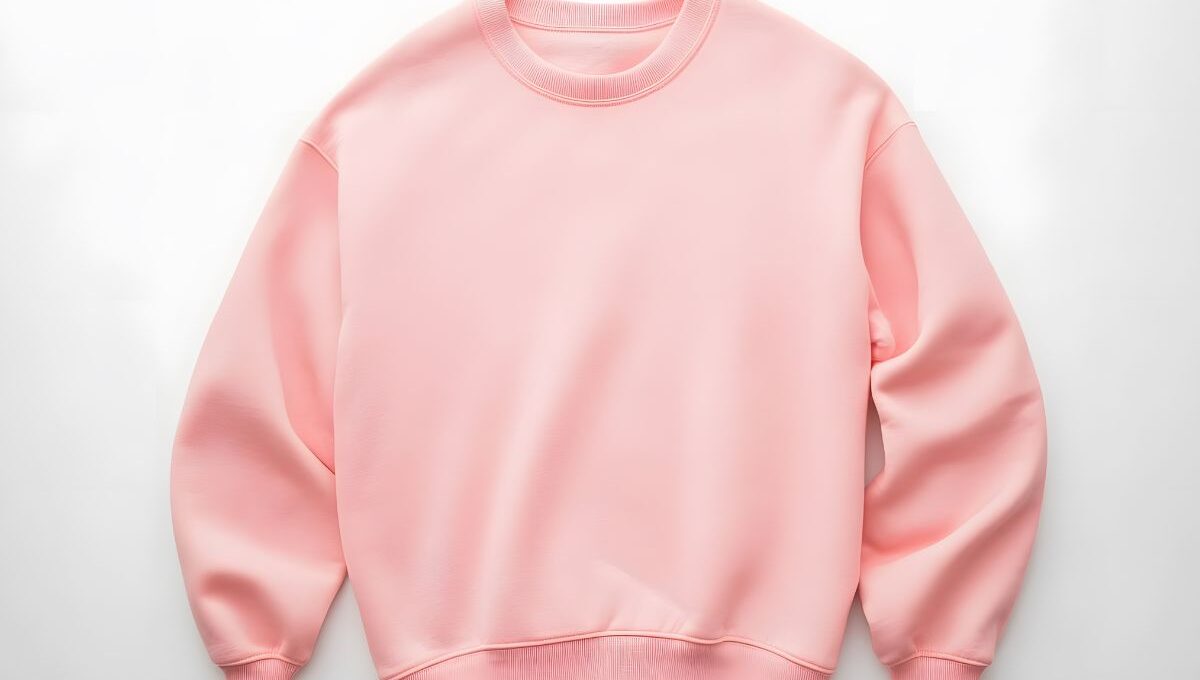
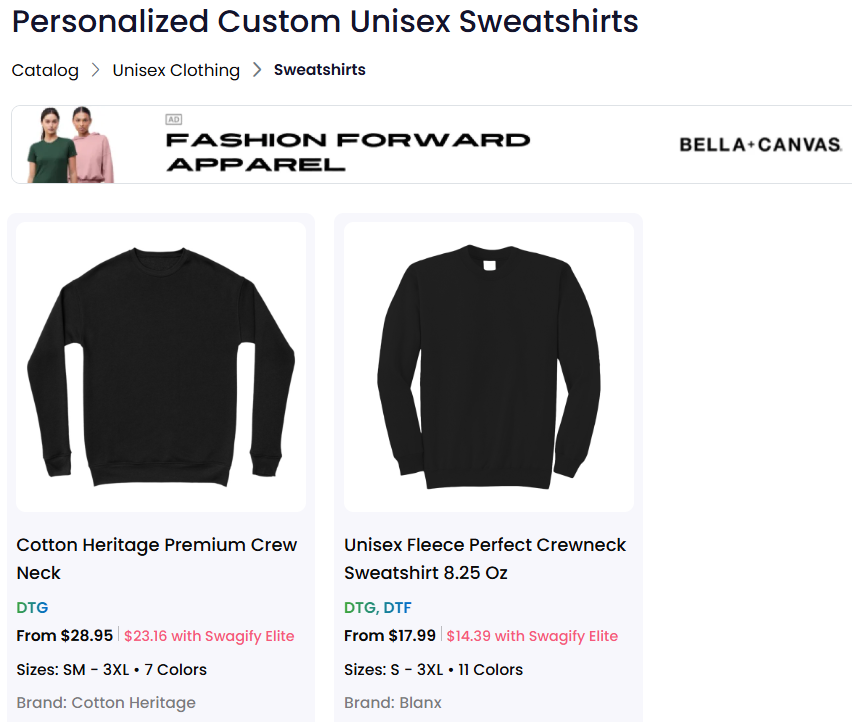
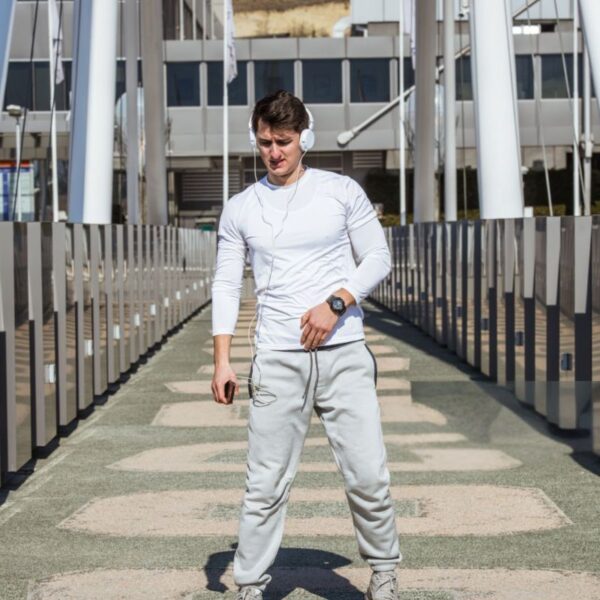
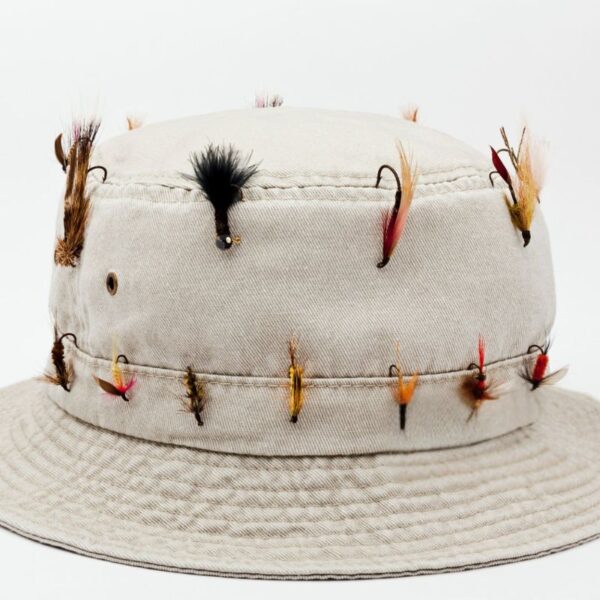
Sign up